PartnershipsAre the crucial starting point of the influence model, because where there is trust, there is influence. A partner simply needs less convincing—the trust is already there, so they’re ready to focus on the merit of an idea. Here are seven investments we can make to shift partnerships toward greater trust and cooperation: FlexibilityKnowledgeKnowledge-building spans both sides of our influence model. It is both something you do on an ongoing basis and something you need to do in the moment when you are preparing for a specific influence opportunity. Knowledge should expand your perspective. When you lack knowledge about the realities of other parts of the organization, your perspective is limited. Another affecting factor is passion, which can work in our favor because it provides the impetus to influence, but it can also cloud our judgment if not backed by perspective. To lower the risk of unintended consequences, you need to get to know and understand the organization as a whole so that you can put anything you are influencing into a broader context. PrepareOnce you’ve decided on the ‘what’ and ‘who’ of influence, you need a strategy for how. When we think of how we are going to persuade, we think about facts, statistics, logic and rationale. But some of the most compelling research on influence and persuasion argues that we are missing the point—that humans are hard- wired to make decisions in anything but a logical way. Here are six basic tactics for cross-functional influence that get beyond just presenting facts.
The DialogueIn the influence dialogue, after introducing or framing the issue, you work to have a constructive talk about what you want to accomplish and why. You will have to consider both the issue at hand and the relationship when you enter the conversation—you are aiming for wins on both sides. You may not always get wins, but going in with anything less in mind will undercut your approach. The dialogue needs to be based in the assumption that at the heart of it is a conflict, the “who” in that conflict is most likely a partner, and the outcome is some level of ownership. Our preparation for influence, if we do any, tends to be focused on presenting the features and benefits of our ideas. But how often do we list out the questions we want to ask? We prepare to talk, not to listen—and that is highly detrimental to influence. Follow Up
ConclusionPatience is a virtue, but when working cross- functionally, it is a necessity. If you are good at what you do and engaged in the organization, you are going to see so many things that need to change, improve or go away. Don’t let the purview frustrate you—appreciate it and learn to pick and choose where you will make an impact. You may have days when you go home feeling like you didn’t accomplish anything in all of your attempts to mold and shape those across your organization. But you did, and if you persist, you will see progress. Your influence abilities, mixed with strong partnerships, underlie every skill and every success you will have in your role.
2 Comments
For most organizations, the intellectual capacity, competencies, and skills of their workforce is the biggest success factor in executing their business strategy.
We look at “Talent Management” as a primary driver for organizational success and “Talent” as the vehicle to take the organization where it wants to be. We define Talent Management as a comprehensive and integrated process of ensuring that talent in the organization is managed and developed in synergy with the organization’s vision for growth and business strategic plan. My Executive Solutions, a global leadership consultant.ting and development organization drives a fully customized and integrated process to help HR professionals transition into becoming a business partner to their organization. This process is listed below: THE TALENT MANAGEMENT PROCESS 1. Alignment starts by engaging the HR Executive and the Executive Team with in depth dialogue to gain insight, alignment and synergy as it relates to the organization’s vision for growth and business strategy and aligning those visions into a talent management strategy. The ultimate objective is to align the HR executives and the C-suite leaders on workforce strategies that complement and enable both short and long-term business objectives. During this phase, we seek alignment on the following aspects:
2. Analysis The second phase of our process engages the HR function fully. Our consultants partner with HR to conduct an in-depth analysis of the current talent management practices. The ultimate objective of this phase is to identify gaps in the current talent management strategies that need to be addressed. Collaborating with HR executives and business unit leaders, this phase focuses on assessing the following:
3. Game Change Recommendations This phase incorporates My Executive Solutions’ core expertise in talent management, organizational development consulting and the in-depth alignment and understanding of your organization’s current talent management practices as well as your future talent management strategy needs. The ultimate goal of this phase is to deliver a set of recommendations to serve as the footprint for HR executives to establish a practical, simple, but also systemic and integrated “Talent Management Strategy” that will support the organization’s business strategy. We look at this output as a critical 'game changing' set of recommendations that will transform and elevate your human capital management strategy. This set of recommendations will be different for each organization based on their current state. Some of the areas we emphasize on are:
4. Action Plan Implementing best practices in any organization traditionally begins with the end state in mind, along with an accurate view of your current reality. The investment in a formal process will identify specific leadership competencies which need to be developed at all leadership levels, from supervisory levels to your high potentials, aligned as part of the succession planning process. Considering My Executive Solutions core services, which focus on leadership development and building your organization’s next generation of leaders, is a critical element to compliment your organizational strategy. We will deliver a customized action plan outlining leadership development strategies and solutions which best meet your organizational needs, providing a clear path to develop your leaders. 5. Execution Once we have aligned on the action plan to address your leadership development needs, we will support your organization in executing the plan with a flexible approach that meets your organization’s needs. 6. Continuous Support Our goal is to become a strategic partner to your HR function and Executive Team. We will continue to immerse in your corporate culture and organizational development practices and provide insightful and expert support to meet ongoing organization’s needs. Unreasonable leaders need more than passion, vision, and drive. They need Leadership Courage. Leadership Courage starts with holding a deep seeded conviction and empowering beliefs. Are you accountable? My Executive Solutions has found that one of the biggest derailers in leadership effectiveness is a lack of accountability. Our accountability model reflects the key elements to holding employees accountable for excellence. Take our self-assessment and rank your accountability in the workplace! In honor of the weekend, this week’s post is about the importance of renewal.
Resilience expert, Tony Schwartz, states that we humans aren’t built to run at high rates of speed, continuously, for long periods of time. Instead, studies show that we’re at our best when we move rhythmically between spending and renewing energy. During the renewal phase, having a creative outlet helps us to be better at our jobs and enhances our sense of well-being. In fact, any creative endeavor - from writing to playing video games - gives us a way to experience mastery, control, and relaxation, all of which help to foster growth and innovation. So, this weekend take some time to do something different. Schwartz offers some ideas here: https://www.facebook.com/media/set/?set=a.10151683499022546.1073741826.111759377545&type=1&l=c744a2991c Or check out this wiki on “How to Exercise an Open Mind.” http://www.wikihow.com/Exercise-an-Open-Mind My Executive Solutions is proud to welcome Beth Eifert as a Senior Consultant to its expanding team of coaching professionals. Beth is passionate about helping people develop their talents and contribute meaningfully to their teams and organizations. She brings 25 years of global talent development experience with both large and small, private, public and nonprofit organizations, including Apple, the Department of Defense, Right Management, and Blue Cross Blue Shield. Beth provides an agile, 'just-in-time' approach to learning, enabling leaders to make immediate sense of development concepts to leverage their teams' ability to produce cutting edge business results. She is certified in DISC, PIAV, Lominger, Situational Leadership and MBTI, and has a knack for making learning intuitive, simple, powerful and fun. For more information on Beth, read her full Bio at: http://www.myexecutivesolutions.com/beth-eifert.html How do you show your creative minds that you value them? This article uncovers the struggles that innovative employers and employees often face.... People Must Be Valued or Innovation Will Leave With Them http://www.entrepreneur.com/article/231538 Through hundreds of interviews conducted with companies of different sizes, in varied industries and on wide geographic footprints, My Executive Solutions’ research identified 10 areas, which consistently derail success. These are listed from the most damaging derailer cited (lack of accountability) to the least issue identified.
Take the self-evaluation exercise and review where you need to focus! Lack of Accountability How accountable are you holding yourself and ALL of your employees for actions and results? o STRONGLY DISAGREE (1) o DISAGREE (2) o AGREE (3) o STRONGLY AGREE (4) o UNDECIDED (0) Communication How effective are you in your communication? Is your message resonating from the top down, bottom up and cross functionally? Are you listening? Are you sharing your success stories with others? o STRONGLY DISAGREE (1) o DISAGREE (2) o AGREE (3) o STRONGLY AGREE (4) o UNDECIDED (0) Transitional Changes Are you holding on to old behavioral patterns and beliefs which no longer work for you, your team or your organization? o STRONGLY DISAGREE (1) o DISAGREE (2) o AGREE (3) o STRONGLY AGREE (4) o UNDECIDED (0) Cohesion and Alignment How unified and collaborative is your team against the business critical deliverables? Is there a level of transparency and a will to win reflected by the team? o STRONGLY DISAGREE (1) o DISAGREE (2) o AGREE (3) o STRONGLY AGREE (4) o UNDECIDED (0) Red Flags and Resolution How quickly are you and your team identifying issues and resolving them successfully? o STRONGLY DISAGREE (1) o DISAGREE (2) o AGREE (3) o STRONGLY AGREE (4) o UNDECIDED (0) Managing Change Are you pacing with your employees as they adapt to change? Are you leading from the front in your industry? Keeping pace with changes within your field? o STRONGLY DISAGREE (1) o DISAGREE (2) o AGREE (3) o STRONGLY AGREE (4) o UNDECIDED (0) Customer Focus Is your team consistently delivering world-class customer experience? o STRONGLY DISAGREE (1) o DISAGREE (2) o AGREE (3) o STRONGLY AGREE (4) o UNDECIDED (0) Team Effectiveness Is your team considered “best in class” in terms of its business execution? Are you consistently leading the “highest performing team?” o STRONGLY DISAGREE (1) o DISAGREE (2) o AGREE (3) o STRONGLY AGREE (4) o UNDECIDED (0) Roles and Responsibilities Does everyone within your organization know clearly their objectives with minimal role overlap? o STRONGLY DISAGREE (1) o DISAGREE (2) o AGREE (3) o STRONGLY AGREE (4) o UNDECIDED (0) Driving Results Are you consistently demonstrating the ability to drive results through the actions of others by direction, influence and feedback? o STRONGLY DISAGREE (1) o DISAGREE (2) o AGREE (3) o STRONGLY AGREE (4) o UNDECIDED (0) http://www.forbes.com/sites/laurashin/2014/01/15/how-to-perform-at-your-peak-every-day-10-tips-for-working-smarter-in-2014/
How To Perform At Your Peak Every Day: 10 Tips For Working Smarter In 2014 (By Laura Shin, Contributor, Forbes) It’s a common scenario for many of us. You start the day with an idea of what you want to work on and accomplish by noon. But when you check your email in the morning, a number of other demands crowd in, instant messages begin popping up like a game of whack-a-mole, and people start dropping by for “a quick question” that will “only take a sec.” Suddenly, you realize an hour has vanished into meeting other people’s needs while your project has gone untouched. How do people ever get anything done nowadays? At the start of the new year, you may be looking at making 2014 even better than last year or eyeing a promotion, raise or new job. If so, drop the idea of doing more, and instead focus on working smarter. The key? Think about your thinking. David Rock, director of the NeuroLeadership Institute and author of Your Brain at Work: Strategies for Overcoming Distraction, Regaining Focus, and Working Smarter All Day Long, says, “It’s really easy to follow every train of thought and every email that comes along and get lost in every conversation. The most effective people are aware of their mental approach to every interaction.” For example, he says, people who think about their thinking “apply the best possible thinking strategy — should you be detailed in this meeting, should you be much more strategic, should you be more collaborative and allow other people to engage?” Here are his tips to help you manage email, be creative, handle meetings, manage your emotions and more. 1. Don’t check your email first thing. It’s been said before but so few people follow this rule, it bears repeating. Decision-making is an energy-hungry task, and our tanks are full in the morning. For that reason, the way you start your day is crucial. “Unless you’re in the emergency services field, or the matter of an hour is really critical, the best rule for email is don’t check it first unless your job is literally checking and responding to emails,” says Rock. “As soon as you download your emails, your brain gets overwhelmed with information and ideas, and your personal objectives and goals start to slip out the window. Leave it as late as possible in the day, so you can get your own work done.” He advises you leave your emails to early afternoon, if you can. And when you do tackle email, write your own sparingly. “Use emails to share information, to schedule, but never use emails to discuss complex issues or give any kind of feedback, particularly negative feedback,” says Rock. “When you notice yourself writing an email longer than one screen, it’s time to pick up the phone. You can save countless hours with that one rule,” he says. 2. Make your first task of the day prioritizing your top three goals. Because of the number of outside demands in our lives can be so overwhelming, it’s important to know how to prioritize them. “There are so many potential distractions and detailers that can take our attention, we need to be really clear about the most important things. As a rule of thumb, you can remember three ideas relatively well,” says Rock. For that reason, you should limit yourself to three goals for the year, for the quarter. With four, five or six goals, you’re less likely to be able to unconsciously scan the environment for opportunities and threats relevant to those goals. When you do finally check your email, remind yourself of those goals beforehand. 3. Conserve your decision-making energy at every opportunity. “Your ability to make great decisions is a limited resource,” writes Rock in Your Brain at Work. For that reason, it is essential to learn to say no to tasks not among your priorities. “This means not thinking when you don’t have to, becoming disciplined about not paying attention to non-urgent tasks unless, or until, it’s truly essential that you do,” he writes. For instance, turn off your smartphone during a meeting instead of idly checking it to see what emails have come in — save it for later, when you know you’ll be able to respond. Additionally, don’t expend energy thinking about a project until you have all the information you need. And delegate. 4. Find and protect your quality thinking time. In his work, Rock has asked many people how much quality thinking time, which he defines as “time when you’re able to focus deeply and achieve what you set out to achieve in the time you expect,” they get in a week. “The number continues to decrease as I ask people. It’s not 20 or 10 or even 5 hours. For a lot of people it’s a couple hours a week, if that.” The culprit he says is our connected world. The solution: “Find the ideal window in your week when you can carve out focus time — to do what I call level three thinking, deeper problem solving and writing and creative work.” For everyone, this will be individual, but Rock says that generally, the best time is early in the day and early in the week — Monday, Tuesday, maybe Wednesday morning. During this time, turn off all distractions — email alerts, your phone ringer, etc. 5. Reserve meetings for your low-focus time. As you find the time when your brain is most able to do level three thinking, you may also identify times when your energy ebbs. That could be the best time for you to have meetings, “when you don’t necessarily have to be at your peak,” says Rock. (Positive psychology researcher Shawn Achor also says that our energy wanes as sugar levels drop, so, for some people, the period after meals could also be a good time to reserve for more complex thinking.) 6. Don’t waste precious energy multitasking. Single-task as much as you can. Our brains can only do one conscious thing at a time, and switching between tasks not only wastes energy, but multitasking can leads to decreased performance and more mistakes. And, it saves no time at all. Multitasking between two activities takes the same amount of time as it does to do them one at a time. If you have two things that need to get done as soon as possible and as accurately as possible, do one first and then the other. 7. At the beginning of each meeting, decide where you want to be by the end and the most effective effective way to get there. “Conversations tend to expand to fill the time available,” says Rock, “and it’s really helpful to spend a minute or two upfront with every meeting asking a simple important question: where do we want to be at the end of this meeting, and what’s the most effective way to get there?” In a meeting, there are five types of thinking you can do, which Rock describes as “vision, planning, detail, problem and drama.” “We don’t do a lot of vision thinking even in an average meeting,” says Rock. “We don’t say, ‘Why are we doing this? What are we trying to achieve? Where are we trying to get to?’ But it’s very important to have that vision thinking done, not just to motivate thinking and allow creativity but to guide the next processes.” Planning and detail thinking are both about “how” to implement your vision, with planning being more abstract, and detail being more specific, but these kinds of thinking can only be done once the vision is set. “This kind of ‘how’ thinking is very difficult if you don’t have a very clear what,” says Rock. “Most meetings start with detail, and then it’s easy to devolve into problem and drama, says Rock. “So start with vision as much as you can, even if just two or three minutes, and work out a clear plan for the meeting itself, and do all that before you start getting into details.” 8. Learn to maintain a positive state of mind. Learn to stay in a “toward state” or a positive mindset. “The brain classifies everything as threat or reward — we’re always staying away from threat or moving toward reward. It’s fine to put out fires and do busy work that’s solving problems, but we generally do better thinking when we’re creative and collaborate better when we’re in a more positive state and moving toward something, toward a goal, and minimizing stress and threat responses,” says Rock. For instance, he says, your brain is in a toward state when you receive an email from a friend, but if you get a negative email from your boss about something that’s gone badly, you’ll be in a threat state. To stay in a toward state, identify how you feel, says Rock. “Studies show that putting words on your emotions helps you reduce those emotions.” Then, reinterpret events. If a tough project comes your way, and you become anxious, don’t think about this as a potential threat but as an opportunity to show people what you’re made of. “As you change your interpretation, you change your whole mental state,” says Rock. 9. Carve out down time. “It’s really helpful to allow your brain to rest,” says Rock. “Have some down time and you’ll find you’ll get a lot more insights into your mind. Switch off your devices when you’re in transit. Don’t turn your devices on first thing in the morning and have regular blocks of time where your brain is just resting. You’ll find a lot more insights coming through.” And sometimes, the rest should be literal. “Napping has been shown to be very helpful for creativity,” says Rock. “A 10-20 minute nap in the afternoon when you’re low is helpful for being more creative and more productive for the rest of the day. Studies show if you had a bad night’s sleep, having a nap like that can get you almost back to the level you need — the level you would have if you had slept well.” 10. Celebrate small wins. We all are so busy and our minds so problem-focused, we tend to rush from one thing to the next and miss the progress we are making. “Yet a sense of progress has been shown to be one of the most rewarding and engaging experiences at work,” says Rock. “Take time out regularly — weekly or monthly is ideal — to celebrate the wins and the progress you have made on your goals. Positive emotions are helpful on many levels, including improving immune function and making us more creative.” One tip: Make a “good things jar” and whenever you have something to celebrate, write about it on a slip of paper and put it in the jar, to read them all at the end of the year. What characteristics attract you to your favorite leader? Are you a leader who encompasses emotion? At My Executive Solutions, this is one of our favorite articles that reviews the traits that help make top leaders who they are today. It could help make you a front runner... http://www.forbes.com/sites/meghanbiro/2013/12/15/leadership-is-about-emotion/ |
AuthorMy Executive CategoriesArchives
September 2019
|

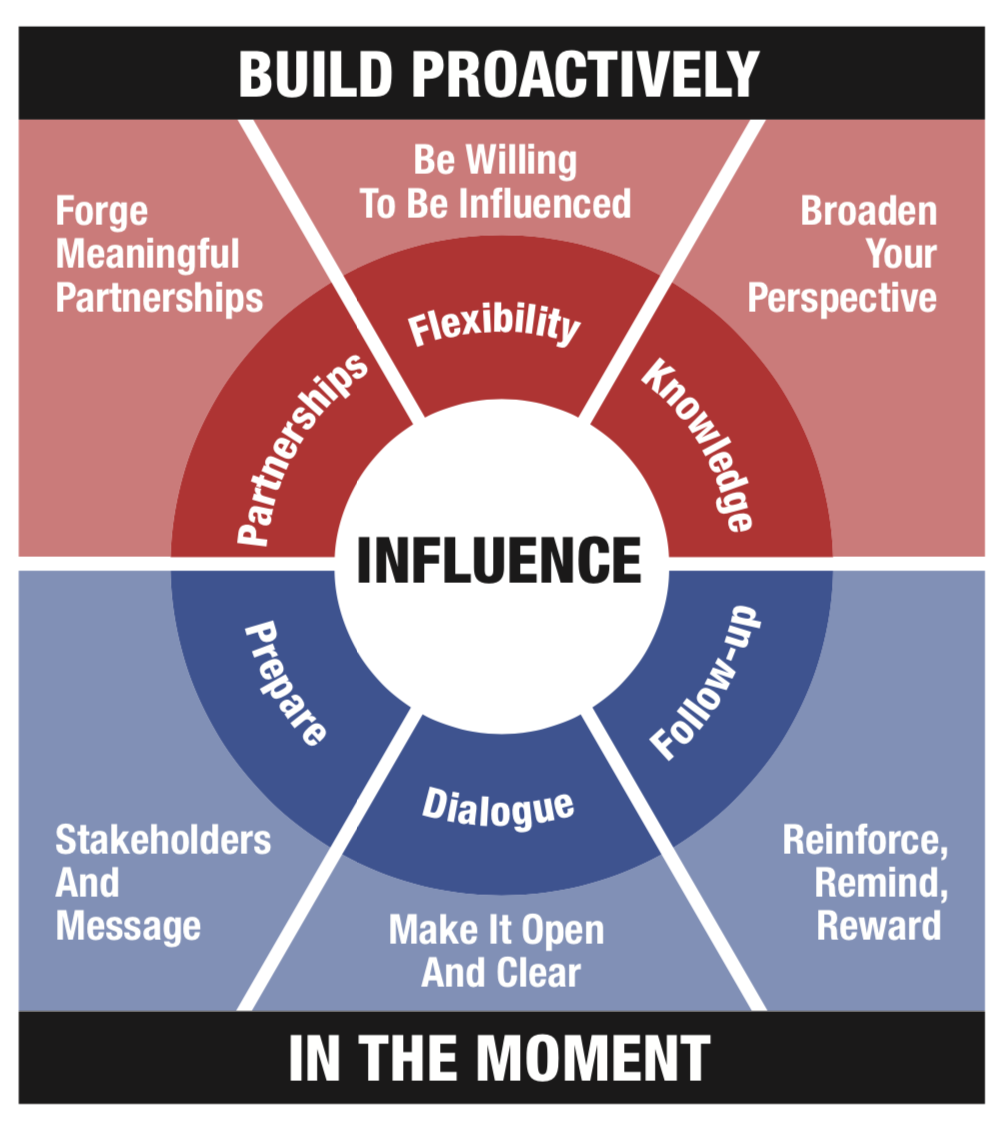
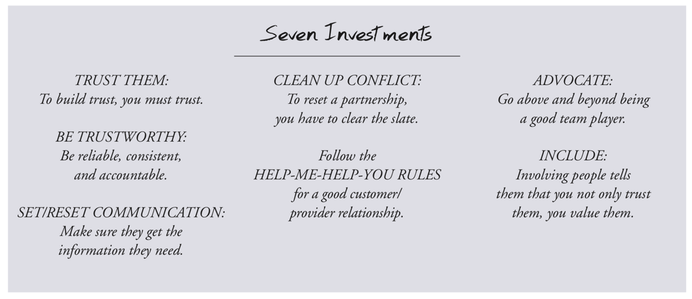
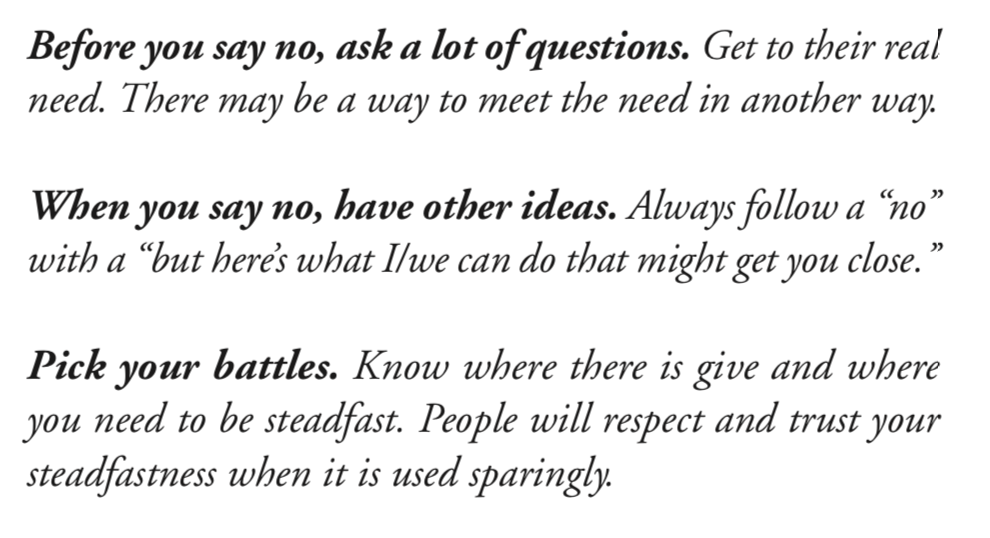
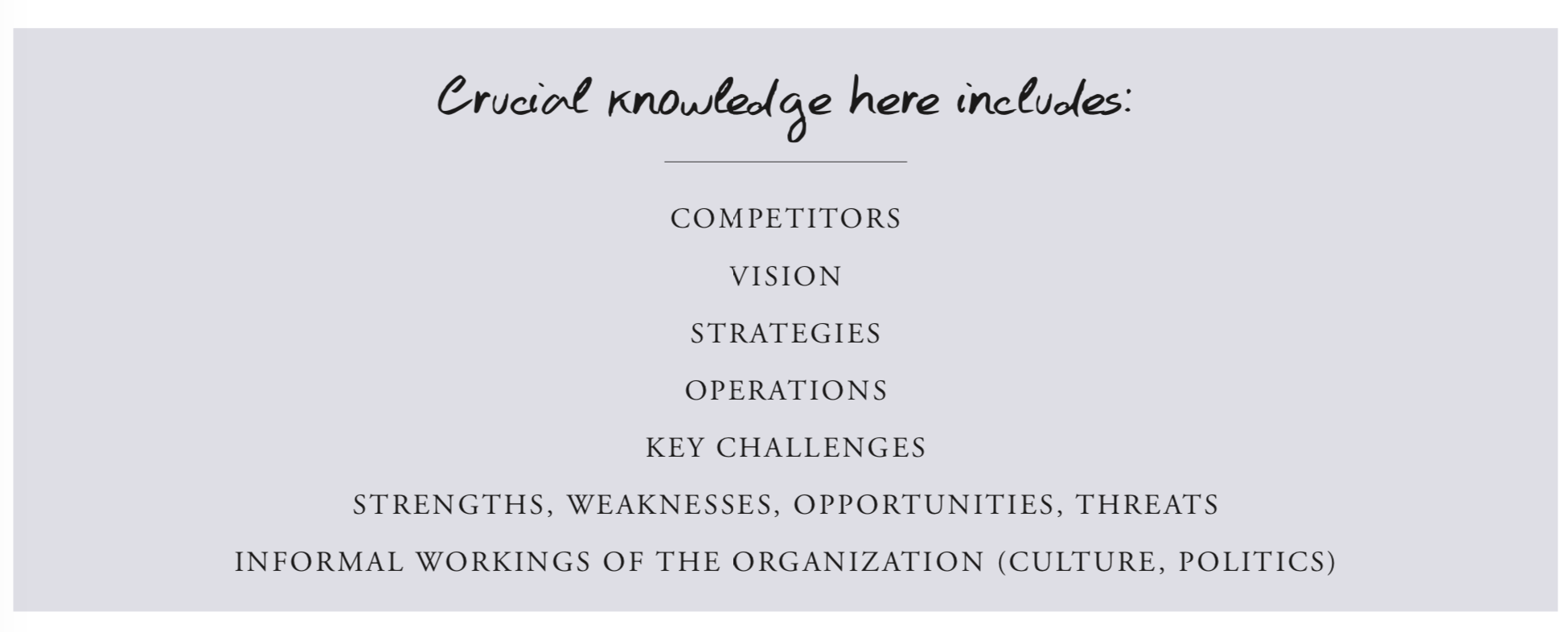
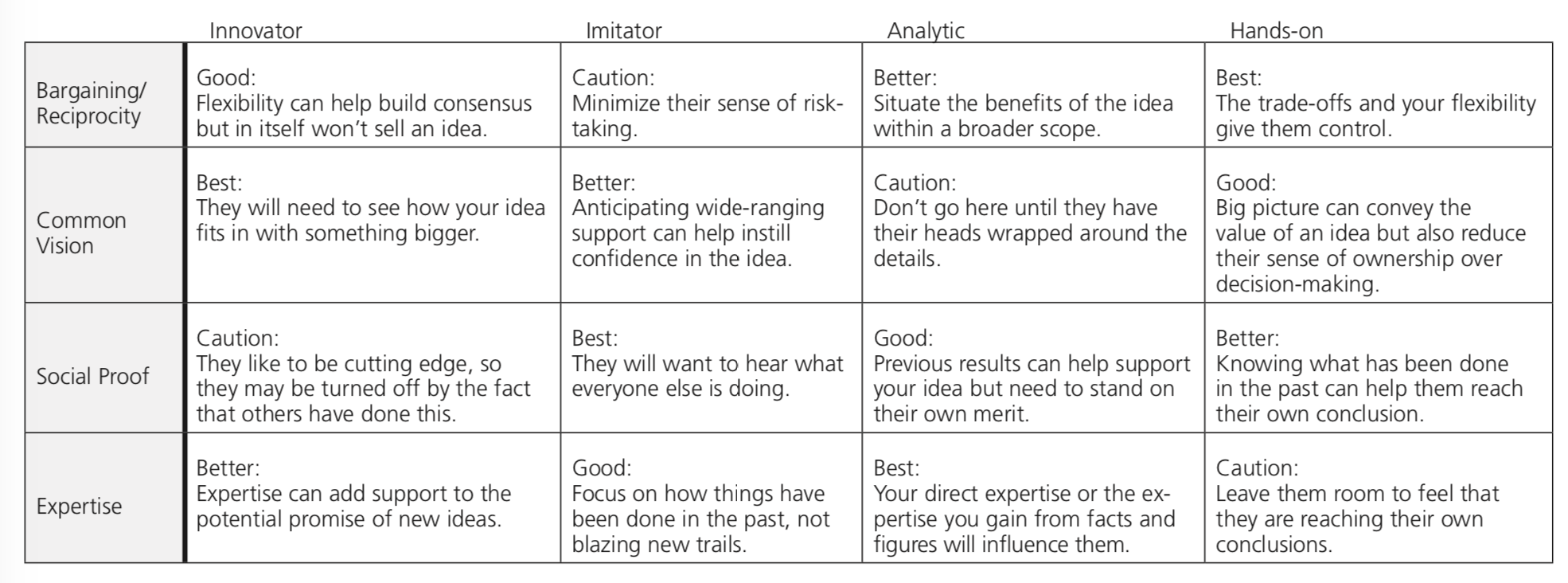
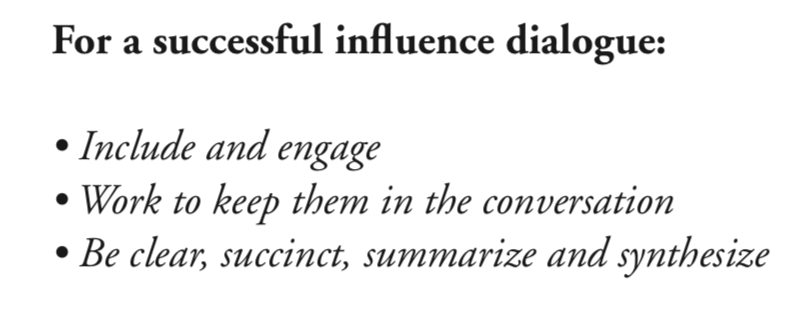
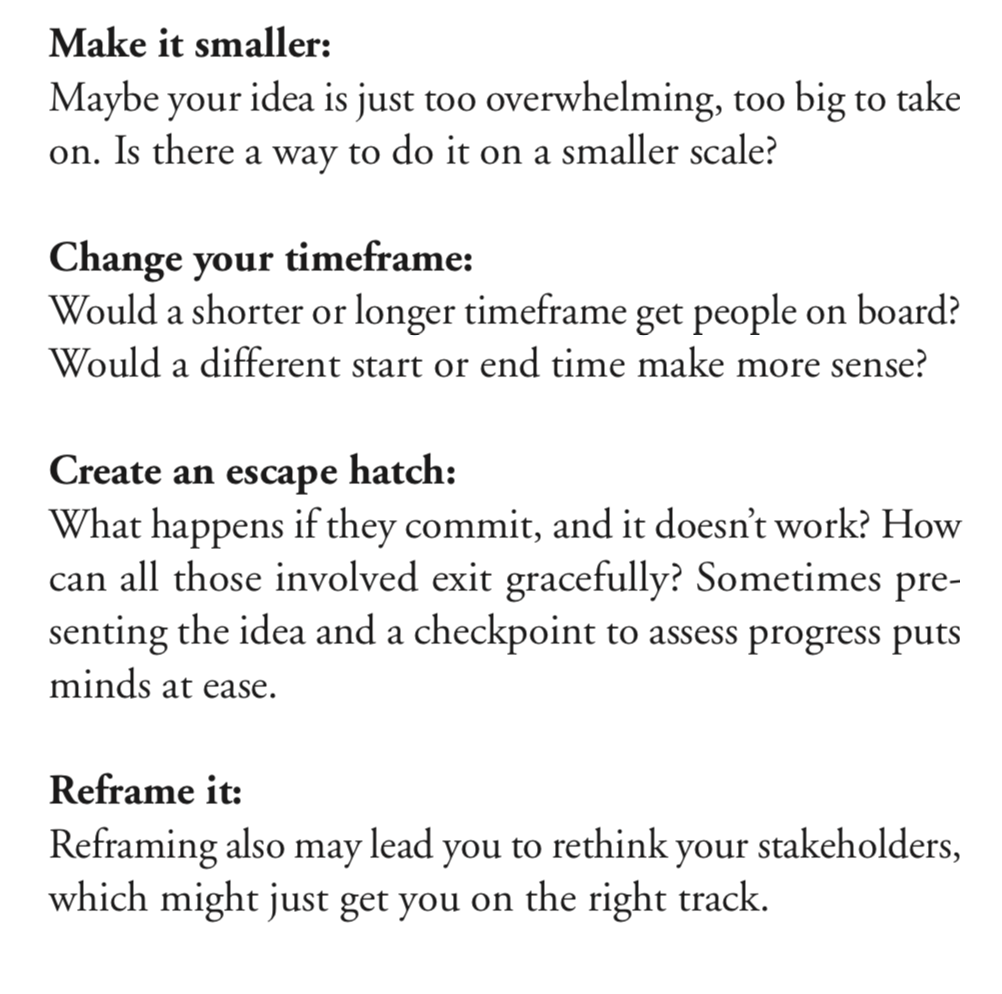

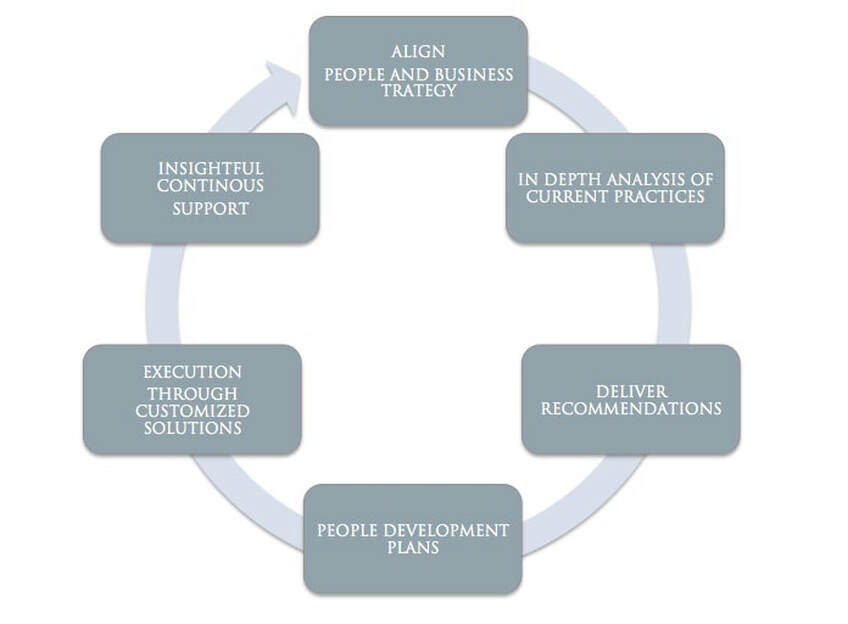

 RSS Feed
RSS Feed

